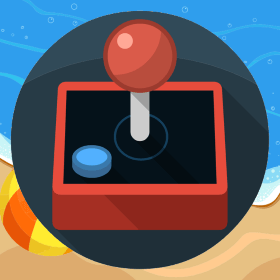Display a hint using tween in Phaser
This is next task I planned to implement in Number Spread game I discussed in the previous article series. In a game we have many scenarios when we want to display a hint and I considered many options as to how this can be implemented in Phaser. The options could be either using a tween or animation. For Number Spread it was a simple scenario when I just needed to display a hand which moved in certain direction to give a hint to player what is to be done. A tween for this purpose seemed fine. Look at the complete code for it below. var TheGame = { }; TheGame.Params = { baseWidth: 1920, baseHeight: 1080, minPadding: 50, iconSize: 364, fieldSize: { rows: 6, cols: 6 } }; TheGame.Boot = function (game) { }; TheGame.Boot.prototype = { init: function () { this.scale.scaleMode = Phaser.ScaleManager.RESIZE; }, preload: function () { this.load.image(“loading”, “loadingback.png”); }, create:[…]

